Affiliate links on Android Authority may earn us a commission. Learn more.
2017 in review: 10 defining moments in the world of Android
Published onDecember 29, 2017
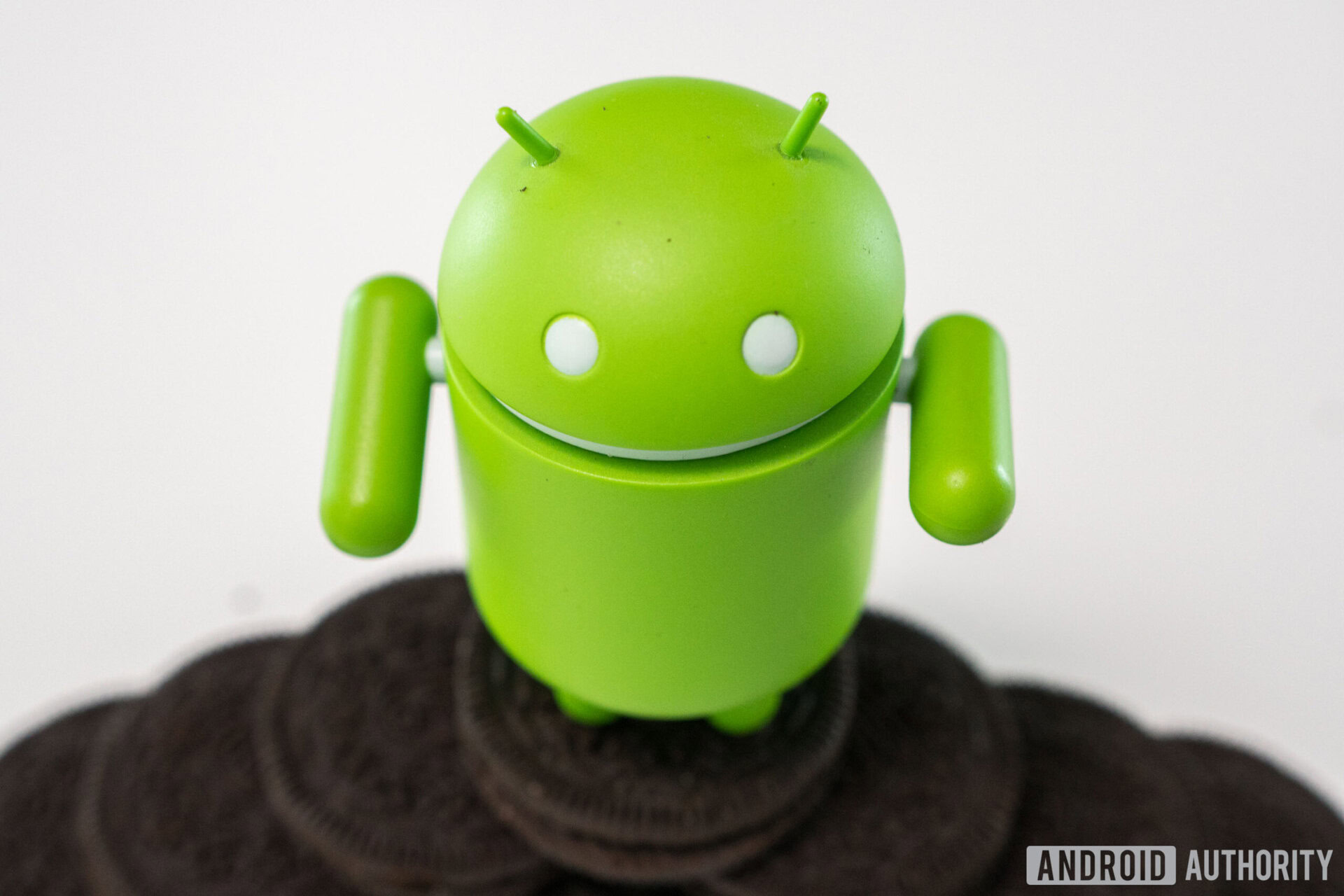
2017 is coming to an end, which means it’s time for us to look back at some of the key moments in the world of Android, the good and the bad.
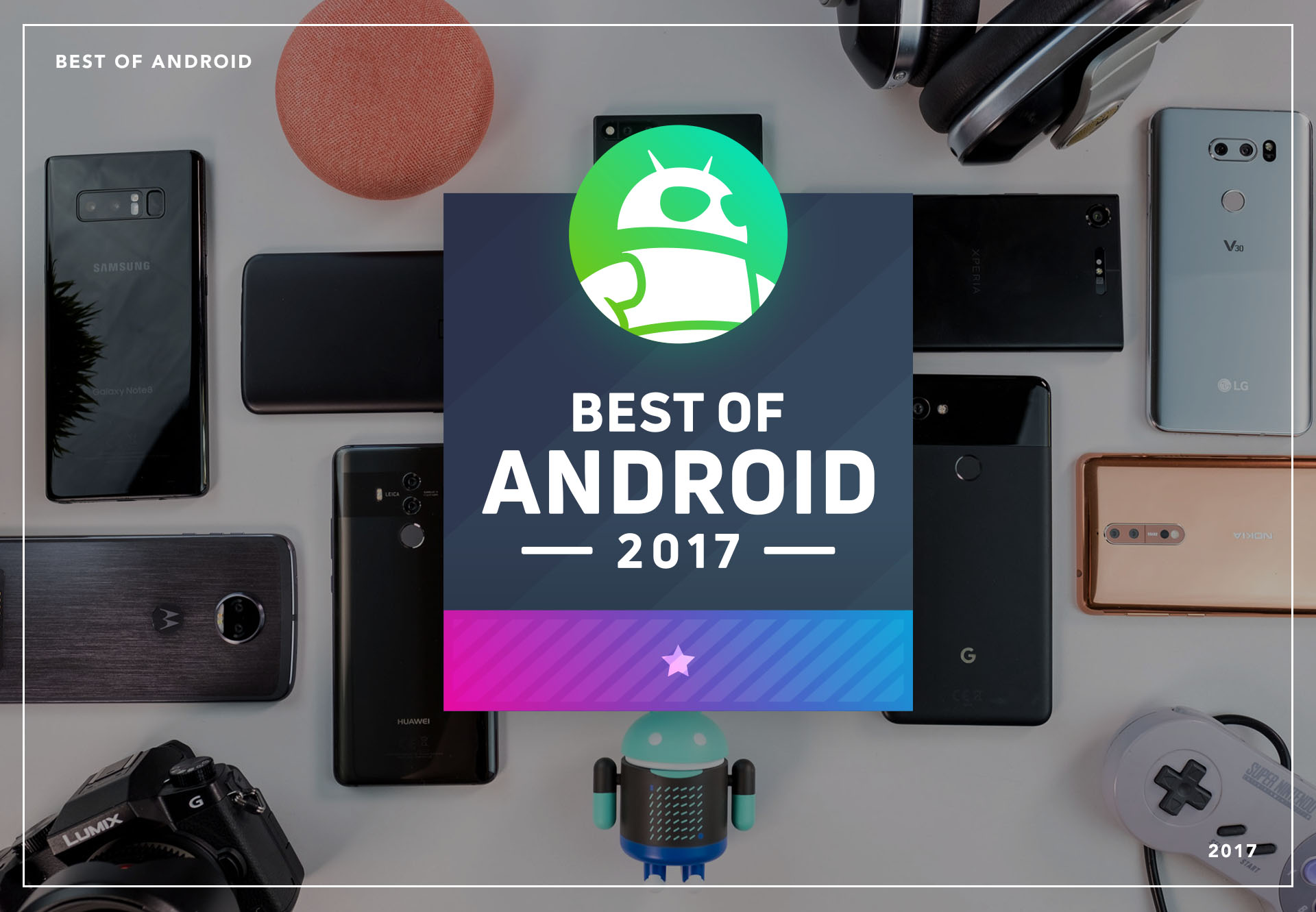
Collapse of net neutrality
While not directly related, the collapse of net neutrality is bound to have an impact on Android and its users. What was once hailed as one of the most important milestones in the history of Internet is now gone, thanks to Ajit Pai and the Republican-controlled FCC. Although legal challenges will continue against the December 14 vote to repeal net neutrality, many are concerned that the FCC’s decision would negatively impact average consumers, including Android users. Without net neutrality, ISPs can throttle or straight up block certain content and websites, whether it’s on a computer or a smartphone.
(Near) bezel-less screens and new aspect ratios
The repeal of net neutrality rules was a grim moment, but 2017 as a whole was dominated by an incredible design trend: bezel-less phones with displays that look extra long. Starting with LG and shortly after Samsung, most Android manufacturers have been making the transition from the conventional 16:9 aspect ratio to what is known as the Univisium aspect ratio or 18:9 (for Samsung, it’s 18.5:9). The result is that most Android flagships this year have been long and narrow with minimal bezels on each side, offering a more polished and minimalist look.
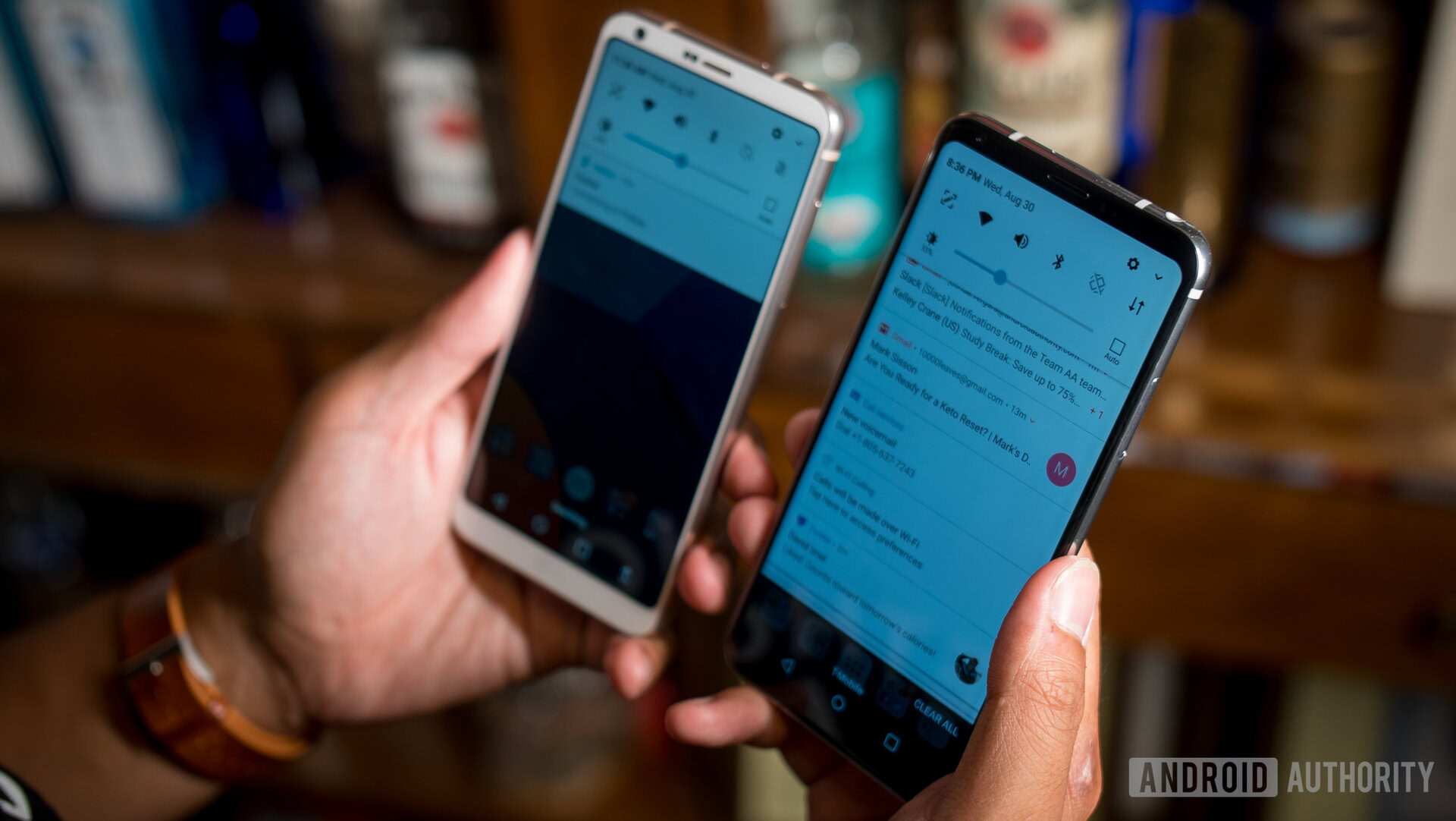
Essential Phone
Speaking of bezel-less phones, the Essential Phone was one of the first Android phones to boast such a high screen-to-body ratio. In fact, it was the first phone to sport the now-famous “notch,” in which the front-facing camera sits. As you probably know, the Essential Phone was particularly exciting because it was created by Andy Rubin, who is considered the father of Android. The design, for one, did not disappoint: cased in a beautiful titanium frame, the Essential Phone looked fantastic. However, as we saw later down the road, the Essential Phone wasn’t commercial success; in fact, even those who were brave enough to buy one soon faced software-related problems, making it one of the most overhyped and disappointing devices of 2017. There is good news, though— Essential is being very transparent about the development process and continues to release updates that improve the camera and software.
Razer Phone
Essential was not the only newcomer to the world of Android in 2017: Razer, a Singaporean-founded gaming company, debuted its first Android-powered phone earlier this year, which was extremely well-received by critics. The Razer Phone comes with some serious power, including Snapdragon 835, 8 GB of RAM, 4,000 mAh battery, and a Quad HD display with 120 Hz refresh rate. The butter-smooth UltraMotion display alone should make the Razer Phone stand out. The announcement of the Razer Phone was definitely one of the biggest moments of 2017 for us tech nerds.

LeEco comes and goes
Not all newcomers got to stay, however. I’m talking about LeEco, also known as the Netflix of China. The company makes affordable phones and televisions, and riding on the success it’s been seeing in countries like China, it ambitiously jumped into the US market in 2016. Fast forward seven months or so, things start to look pretty bad. LeEco fired 325 people in its US division alone this past May and was sucked into all sorts of financial scandals. Although the company remains oddly optimistic about the US market, the lack of brand recognition and questionable assets combined with the non-existent relationship that it has with US carriers will continue to be a significant challenge. The way I see it? 2017 almost saw another OnePlus.
Bixby joins the big league
While this newcomer isn’t gone yet, it’s struggling to stay, in my view. Bixby, Samsung’s very own AI assistant, was announced right before the Galaxy S8 unveiling. It replaced the notoriously useless S-Voice that has been plaguing almost all Samsung devices for years, but industry experts don’t seem to be convinced that Bixby is all that different from S-Voice. Samsung already announced that Bixby will live inside other smart appliances down the road and that its acquisition of Viv Labs will play a key role, but 2017 was filled with AI assistants like Alexa and Google Assistant, both of which are significantly more advanced and mature technologies. If 2017 was pivotal in that Bixby came into the world, 2018 will be an important year for its survival.
Smart speakers everywhere
As mentioned above, 2017 was filled with AI assistants and smart speakers. Google expanded the Home family; Amazon revamped the Echo family; third-party manufacturers flooded the market with their own smart speakers. If Google Home and Amazon Echo devices were previously reserved for early adopters and tech enthusiasts, 2017 was a turning point in that they became truly mainstream. I can’t say that the usual privacy concerns have been adequately addressed, but more affordable devices like the Echo Dot and the Google Home Mini seem to be selling well.
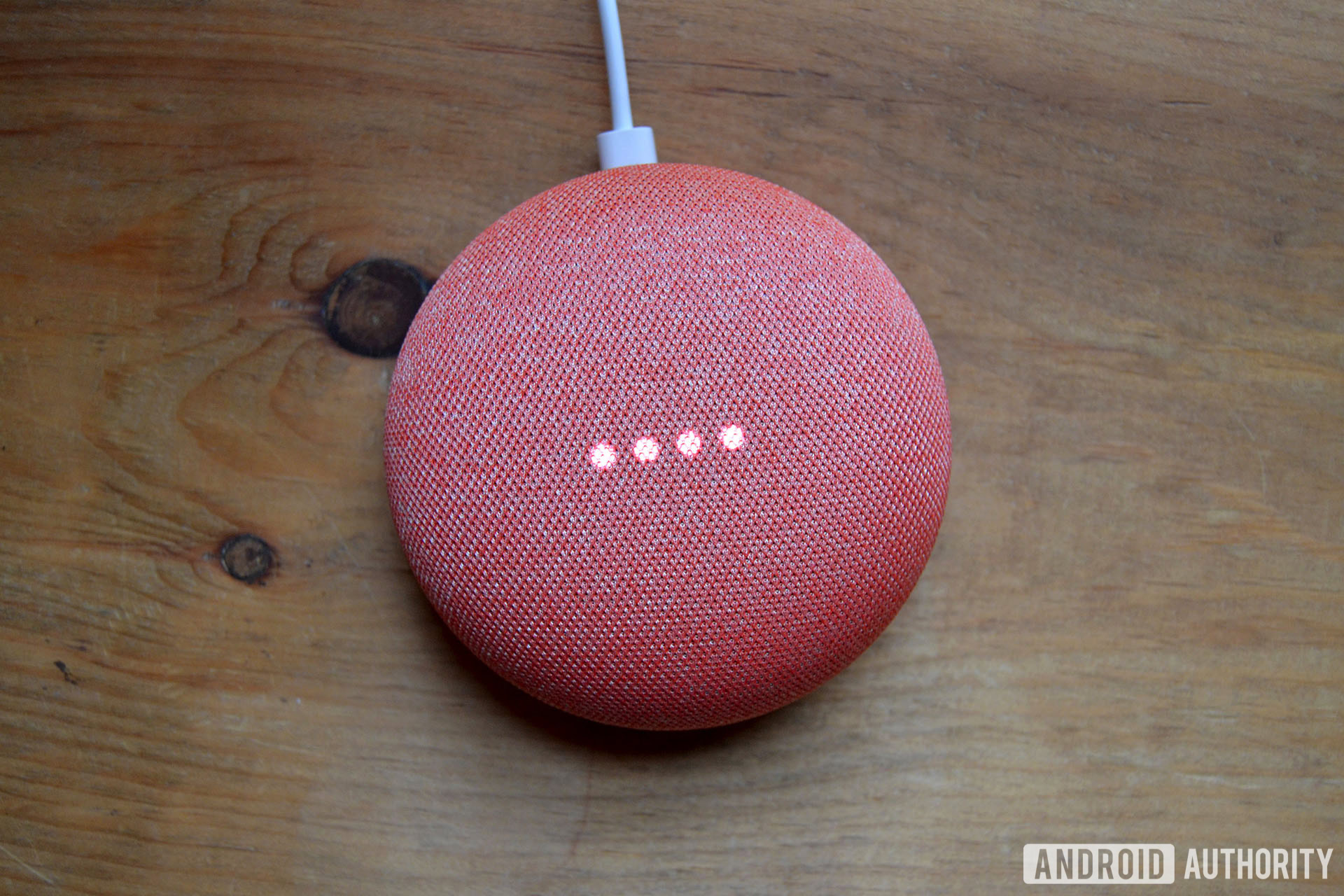
Google’s hardware 2.0
Last year we included Google’s announcement of the Pixel and Pixel XL as one of the key moments, and I chose to include it again this year for the Pixel 2 and Pixel 2 XL – but perhaps the reasons are slightly different this time around. While the original Pixel phones were noteworthy because they marked Google’s expansion into hardware, the Pixel 2 devices showed the limits of that expansion. Sure, the Pixel 2 XL’s camera is the best camera in the market right now according to DxO, but from burn-in issues to touchscreen issues, the Pixel 2 XL was the talk of the town for all the wrong reasons. Having said that, Google’s hardware ambitions are most likely to continue, and here’s hoping that the $1.1. billion investment results in something spectacular in 2018.
Android Oreo and Oreo (Go edition)
Android Oreo is the newest version of Android, but the more exciting news is that Google is also working on a “lighter” version of Oreo, dubbed Oreo (Go edition). Designed specifically to work on entry-level phones that have 512 MB to 1 GB of RAM, Android Oreo (Go edition) will play an important role in emerging markets. Lighter and optimized software means cheaper hardware costs, which translates to more affordable phones for more people.
Augmented reality becomes our reality
If 2016 was a year of VR, 2017 can be characterized as the birth year of AR. While AR has been around for a while, it was never made mainstream. Consider Project Tango, for instance. Google’s AR project began years ago, but it imposed such strict hardware requirements that there have been only two smartphones with the technology built in. That’s one of the many reasons why Google is transitioning to ARCore, its new software-only AR program. Competing directly with Apple’s ARKit, ARCore is worth noting because it will provide the basis for all Android AR apps come next year. Pokemon Go 2.0 anyone?
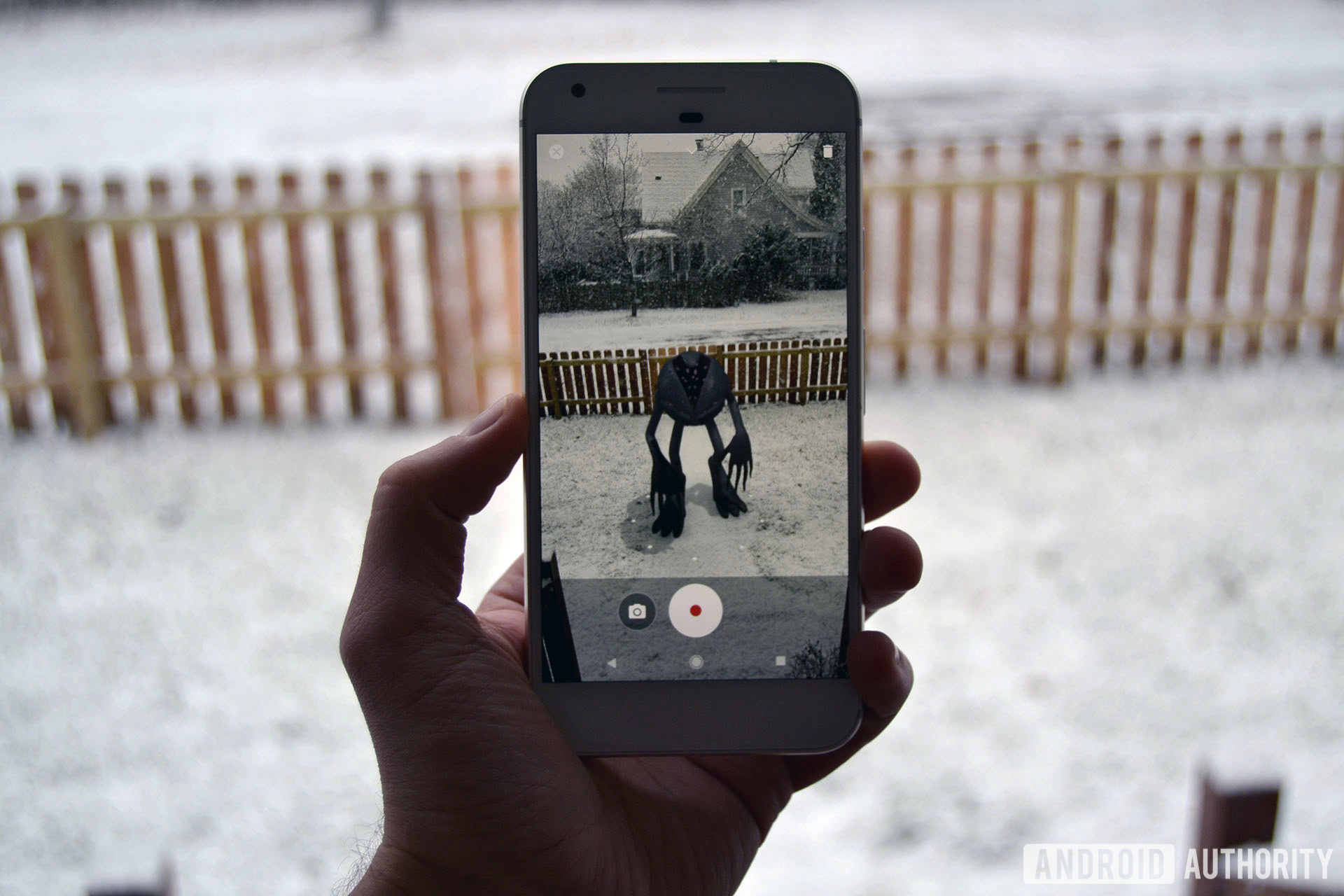
Wrap up
Just like 2016, 2017 was a busy year for technological innovations, especially in the world of Android. We saw newcomers like Essential and Razer, old players like HUAWEI and vivo grow exponentially, and Samsung’s prowess even after the Note 7 fiasco.
Just like any other year, we also saw plenty of lawsuits – this time between Qualcomm and electronics manufacturers across the world.
LG finally switched to OLED panels with the V30 this year, HUAWEI is looking to expand in the US smartphone market, but most importantly, phones are becoming way too expensive! 2017 saw a few phones that brazenly crossed the US$1,000 mark, and now, with the OnePlus 5T costing US$500, I fear it’s only a matter of time before $1,000 becomes the norm.
What other events, news, and moments would you include? What do you think 2018 will bring? Let us know by leaving a comment below!